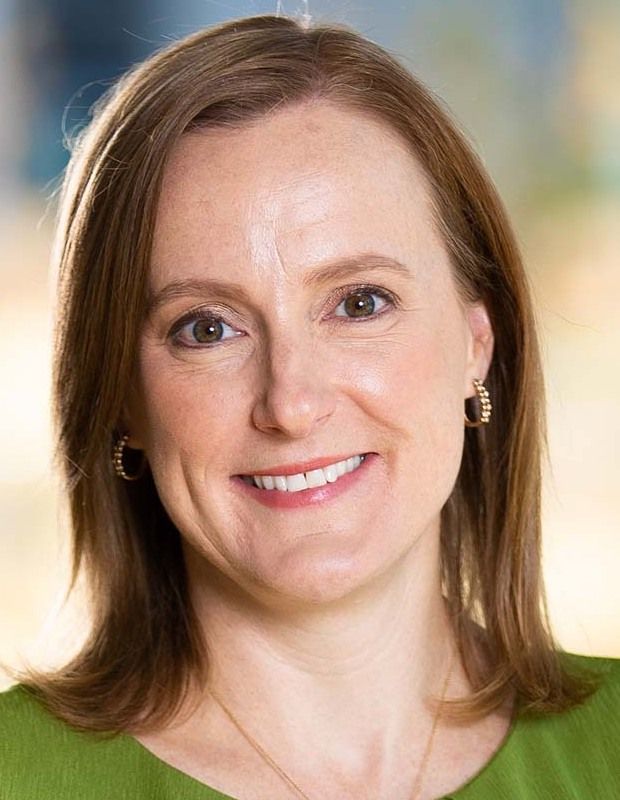Publication
Article
Medical Economics Journal
For a sustainable health care workforce, we need to listen more
Author(s):
Measuring engagement is key to meaningful change when workers are straining but loyal, and want to build a culture of excellence.
© Katsiaryna - stock.adobe.com

There are many large problems in the way the United States manages its health care workforce today. The turnover rates are high. Burnout rates are growing. An aging population coming into Medicare is putting even more pressure on care consumption. By many indications, it’s going to get worse before it can get better.
Through my work, I talk with health care leaders every day who feel that they are at the limit. One physician services executive said his organization is like a water glass filled to the brim on a paper napkin – maxed out, it spills over with every shake. He is trying to design for flexibility and resilience so the glass can shake without spilling over, or at least not soaking the napkin, but he feels constrained. There is no bigger glass to have; there is no less water. With each new patient surge, each new crisis, each new cost cut, the problem feels harder to fix. In this scenario, why even ask your workforce for feedback when there are no remedies to offer?
Leslie Snavely
CHG Healthcare

Locum tenens can be a part of this flexibility-building, acting as a release valve for burnt out physicians to continue practicing and health care organizations to fill critical gaps. A recent study found that 32% of health care facilities plan to use locum physicians more often in 2023, with more than 40+% of facilities stating that “meeting rising patient demand” (42%) and “supplementing staff during peak periods” (41%) are key reasons – those variables just can’t be managed with only full-time staff or outsourced staff contracts. However, locum tenens represent about 1% of physicians practicing any given day, so even doubling or tripling this reach would have a limited impact.
For true progress, our focus has to be on the 90% of the health care workforce in permanent roles who need new solutions. Healthcare has to get dramatically better at engaging and retaining this staff in a multidisciplinary way across the full spectrum, from medical assistants to nurses to physicians.
It’s not compensation or zen rooms that will drive this culture change. A recent study by Press Gainey showed that for physicians, nurses, and caregivers, “pride in their work and loyalty to their colleagues are the strongest correlates of their readiness to stay with their organization and continue showing up for work.” The health care workforce is telling us they want to be engaged in building the culture of excellence in their organizations.
The playbook here is both simple and complex. Health care organizations need to measure engagement in their workforce, truly listen to people’s feedback, act through incremental changesbased on that feedback, and then measure again. It is difficult to start asking for feedback when you don’t have solutions, but this is how cultures change. This kind of review cycle is a core part of our own organization – through an annual survey, open feedback channels, focus groups, and then sharing what we’ve learned and how we will act.
A sustainable health care workforce is one that is participating in solving its problems – where individuals feel that they can provide their best work for the best patient care, where they can be called on to do more occasionally without spilling over the brim every day. The workforce needs to feel supported and heard, to have their concerns taken seriously and to be able to make an impact in their field. Because this type of listening takes time and deep dialogue, temporary staffing as an extension of the workforce can help create space for that type of engagement.
In a recent op-ed, physician Robert Allan Bear called for this kind of listening from his organization’s leaders “acknowledging the sometimes strong opinions of physicians and staff and attempting to understand their origins, even if many of these opinions are not fully accepted. The listening is important, even more important than the dialogue.”
It’s hard to work on listening in a situation like our current health care workforce crisis. No one likes to get yelled at. No one likes to admit they don’t have the answers. At the same time, this kind of vulnerability and collaboration in our health care workforce relationships is exactly what we need. Technology and telehealth and locum tenens and credentialing changes and reforms can all help – but the real shift toward a healthy, stable, permanent workforce has to be about building strong cultures, responding to employee feedback, and improving our health care working environments.
Leslie Snavely is part of the executive team at CHG Healthcare, a leader in health care staffing and the nation’s largest provider of locum tenens services. CHG has been named a best place to work by Forbes, Modern Healthcare, and others for more than a decade.






